If you recently read our MikroTik S+RJ10 Review and the subsequent Ipolex ASF-10G-T, you probably saw how it is now possible to inexpensively convert a SFP+ port to a 10Gbase-T or Nbase-T port. Today, we have our HiFiber SFP+10GBASE-T ASF-10G-T review which is slated as compatible with the Cisco SFP-10G-T-S. That seems to be a strange item to have not one, but three model numbers. SFP-10G-T-S is the Cisco part so these modules can be searched and discovered easily. When we purchased this module on Amazon, it was called the HiFiber SFP+10GBASE-T. When the unit arrived, it was labeled a ASF-10G-T. Confusing much? This is another and even less expensive option to that MikroTik S+RJ10 that we purchased for under $39. Although that is a small $15 delta below the MikroTik, if you install many modules, it adds up. In this review, we are going to discuss this module and why there are some undocumented features that look like something else we have seen.
HiFiber SFP+10GBASE-T ASF-10G-T 10Gbase-T Converter Overview
The unit that we purchased from Amazon came in a simple brown box. That is all one can expect at this price range.
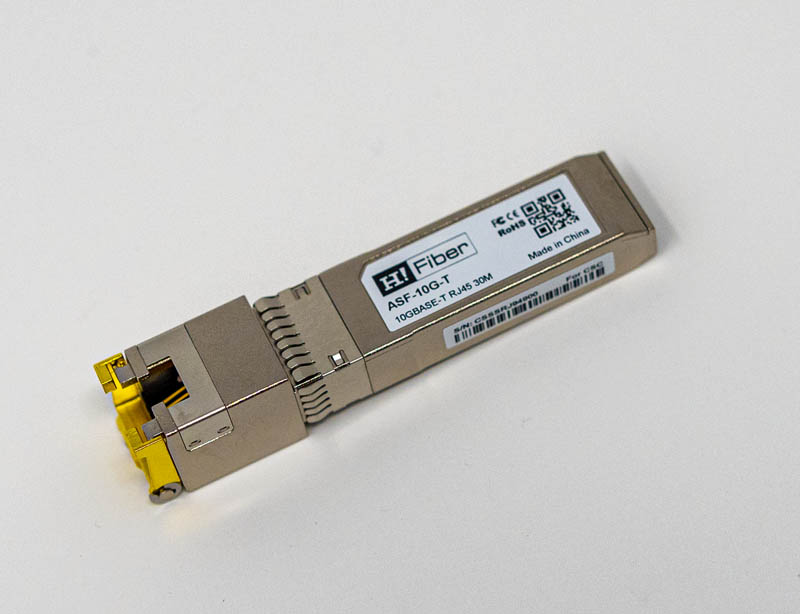
These units plug into switch SFP+ ports and can provide up to 10Gbase-T connectivity at 30m. Aside from 10Gbase-T, they can also provide 2.5GbE and 5GbE in Nbase-T which we found when testing. Of note, this Nbase-T functionality is not in the spec sheet.
The overall module looks virtually identical to the Ipolex ASF-10G-T. Part of this is that simply SFP+ is so standardized as a form factor that modules are inherently going to look similar. Still, the modules are the same metal with gold-colored latches. Here are the HiFiber, Ipolex, and MikroTik modules next to one another. You can see the MikroTik is clearly a different shape and has different PCB while the other two appear exactly the same.
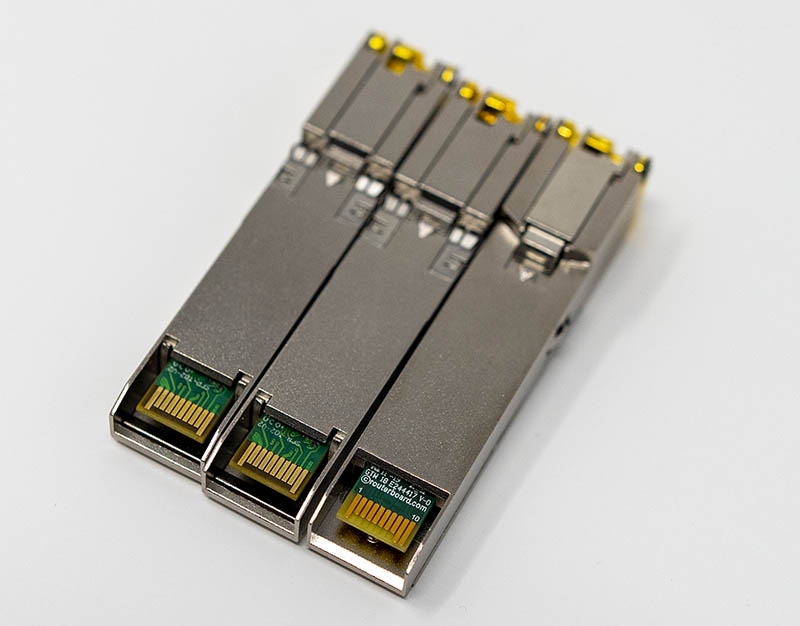
Also adding to the similarity is that both the Ipolex and HiFiber say ASF-10G-T as their model numbers, despite what they may be marketed as online.
HiFiber SFP+10GBASE-T ASF-10G-T Nbase-T Support
As we mentioned earlier, the official spec says this is simply a SFP+ to 10Gbase-T converter. There is no mention of Nbase-T, 2.5Gbase-T, 5Gbase-T, 2.5GbE, or 5GbE in the specs, nor on the device or its contents. Since the MikroTik S+RJ10 and the virtually identical Ipolex module both included Nbase-T support, we thought that there is a good chance this would as well.
First, we tried the HiFiber in a MikroTik CRS326-24S+2Q+RM Switch connected to an Aquantia AQtion 10Gbase-T adapter on a 20m CAT6 cable we had:
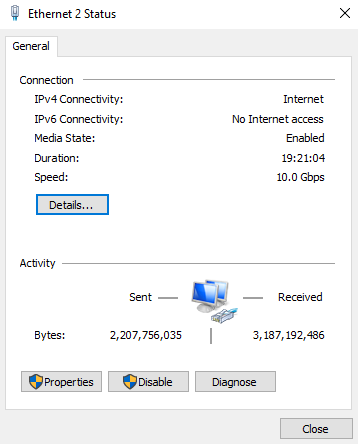
As you can see, we linked at 10Gbase-T speeds without issue.
We then selected a 5Gbps rate on the Aquantia AQtion NIC and again, we saw a 5GbE link:
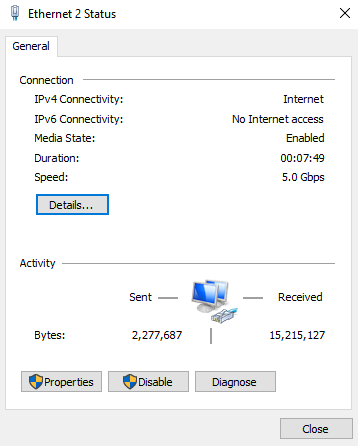
We then swapped NICs just to get some diversity and used the TRENDnet TEG-25GECTX 2.5GbE adapter using the Realtek RTL8125.
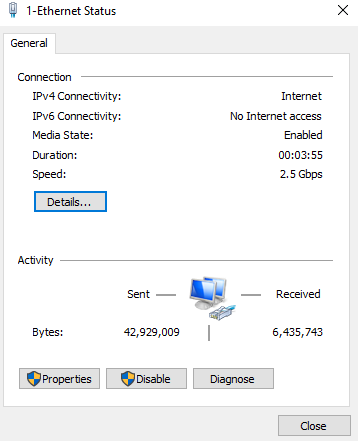
Here we saw a 2.5Gbps link as we expect. Even though it is not on the spec sheet, the HiFiber adapter supports 2.5Gbps and 5Gbps network speeds.
HiFiber SFP+10GBASE-T ASF-10G-T Performance
We ran a few NAS tests to a SFP+ SSD NAS from a workstation with a 2.5/5/10Gbase-T adapter as well as a SFP+ adapter to see the impact of the HiFiber version of the SFP-10G-T-S running in a MikroTik CRS309-1G-8S+IN switch.
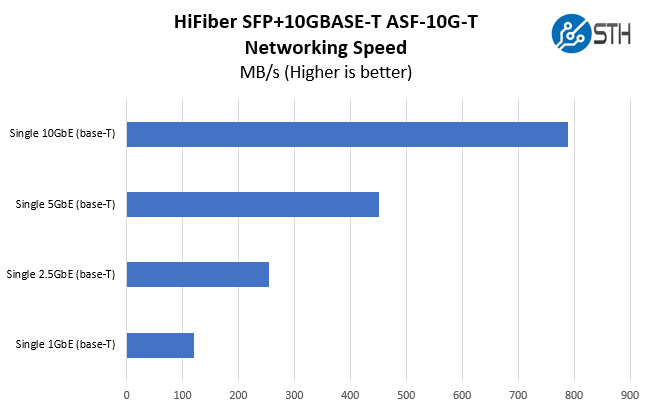
Here we see virtually identical performance to the Ipolex unit which is what we would expect if they are indeed the same model number with a different marketing name.
Final Words
While when we tested the Ipolex unit we found a less expensive, albeit hotter running alternative to the MikroTik S+RJ45, we really had a different key finding here. It seems as the same modules are being marketed by a number of different organizations online. The model numbers do not match like this HiFiber SFP+10GBASE-T ASF-10G-T. We ordered several more to confirm this to help our readers. These look very similar indeed.
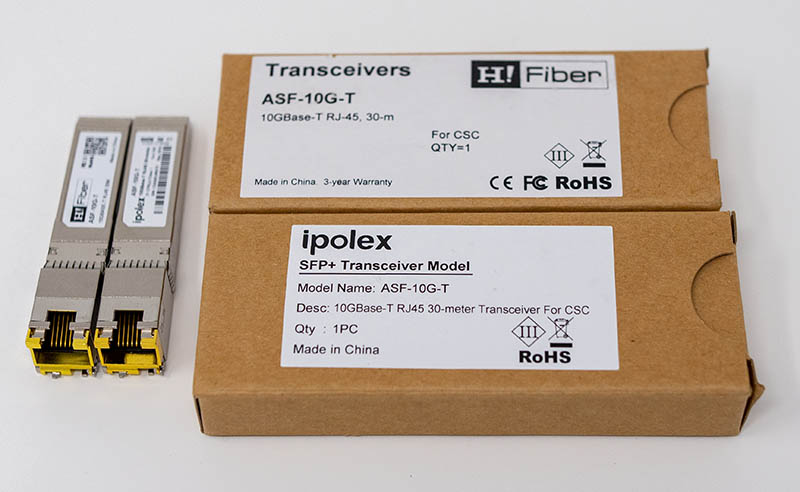
Overall, this is a sub $39 device that actually does more than we expect. If you are ultra-budget conscious, then this makes sense. HiFiber says that these modules are compatible with Cisco switches. We tried it on MikroTik switches, a Supermicro Xeon D motherboard, and in the Netgear ProSafe XS716E combo port and it worked. None of the installations saw a lot of monitoring data coming back from the module which make it seem more like the MikroTik S+RJ10 v1 adapter rather than the updated module which also means it is running warmer.
The fact that this unit is lower cost, and it supports 2.5GbE and 5GbE speeds, makes the HiFiber SFP+10GBASE-T ASF-10G-T a potentially great value if you have a SFP+ switch and need a few 10Gbase-T or 2.5/5Gbps ports as well. Although it supports 1GbE, SFP+ to 1GbE modules are less expensive. Still, it remains to be seen what else we will find when the other modules arrive.

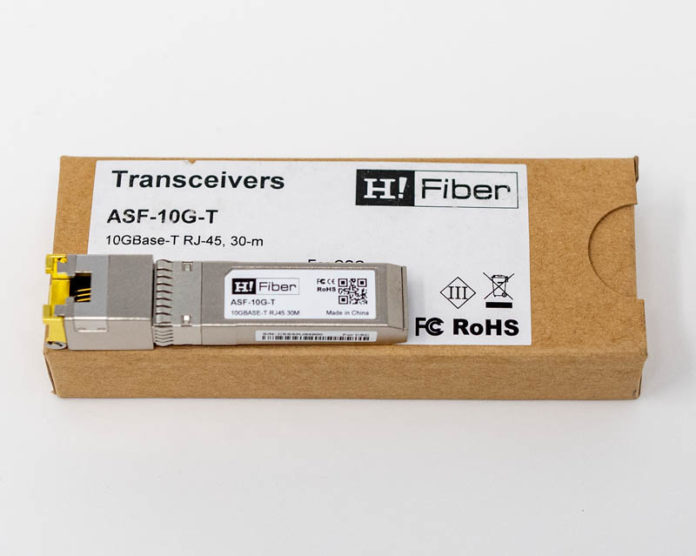


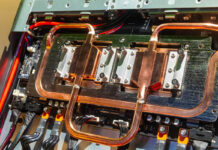
Do these ASF-10G-T modules support jumbo frames?
Can you overlay the mikrotik, this and the other adapter to see if there is any performance difference between the three? Hard to look at graphs on three articles when you don’t show actual numbers but vague bar charts that could be +/- 20-30 Mbps
I know it’s difficult to measure power consumption, but do you have an IR thermometer or imager? It would be interesting to know if these run cooler than the MicroTik which they say you shouldn’t use in a fanless switch chassis.
Hey guys great feedback. KC we will see what we can do. We have a bunch of these that are getting combined into a big guide. Will see what else we can incorporate, Jeff that is a great point. We have found some cool stuff along the way. Evan, we are going to have the 6COM unit reviewed in a few days. That is slightly slower but at 10G they are fairly close.
what you really want to be testing i think is whether it still does autoneg 10/100fd for
legacy applications like oob modems, serial, power devices. In my juniper dc experience support is poor at best.
Rohit and I discussed this EvG. Our sense was that if you had a 10/100/1000 use case you would opt instead for the readily available $12-17 modules for those use cases.
Just as an update, Jeff S – this does support Jumbo Frames as does the Ipolex.
Patrick, can you share info on the PCIe SFP+ adapter that you used for the testing?